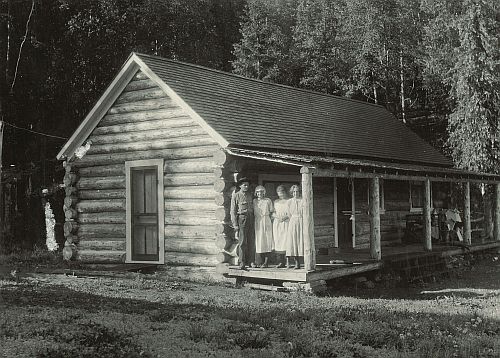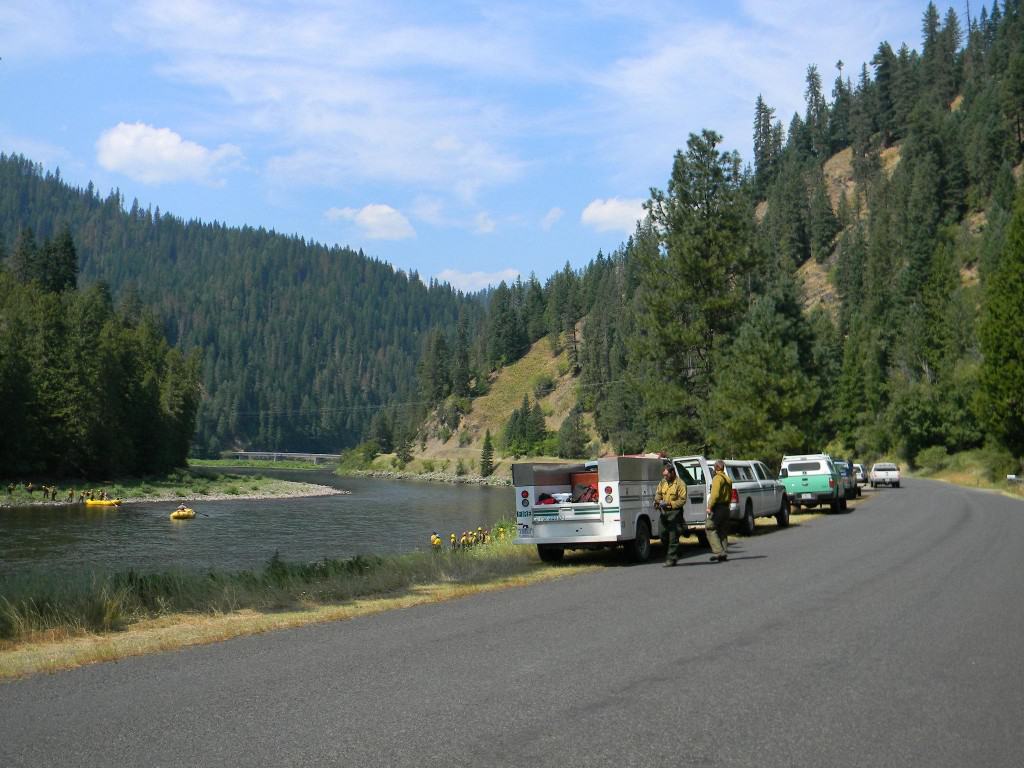 While we were discussing the extinction crisis, I had a vague memory (boy, all those old memories are getting fairly vague!) about past predictions by scientists of future cataclysmic environmental events.
While we were discussing the extinction crisis, I had a vague memory (boy, all those old memories are getting fairly vague!) about past predictions by scientists of future cataclysmic environmental events.
While looking around the web, I found this in Reason magazine in 2000 (15 years ago). Yes, Reason magazine, but the quotes are either real quotes or not (couldn’t find the originals online). The link is to page 3 of the article, which talks about biodiversity. Of all the people mentioned, I know Roger Sedjo regularly works with forests and numbers about forests.
The below article was written in 2000, and the First Earth Day was in 1970.
Worries about declining biodiversity have become popular lately. On the first Earth Day, participants were concerned about saving a few particularly charismatic species such as the bald eagle and the peregrine falcon. But even then some foresaw a coming holocaust. As Sen. Gaylord Nelson wrote in Look, “Dr. S. Dillon Ripley, secretary of the Smithsonian Institute, believes that in 25 years, somewhere between 75 and 80 percent of all the species of living animals will be extinct.” Writing just five years after the first Earth Day, Paul Ehrlich and his biologist wife, Anne Ehrlich, predicted that “since more than nine-tenths of the original tropical rainforests will be removed in most areas within the next 30 years or so, it is expected that half of the organisms in these areas will vanish with it.”
There’s only one problem: Most species that were alive in 1970 are still around today. “Documented animal extinctions peaked in the 1930s, and the number of extinctions has been declining since then,” according to Stephen Edwards, an ecologist with the World Conservation Union, a leading international conservation organization whose members are non-governmental organizations, international agencies, and national conservation agencies. Edwards notes that a 1994 World Conservation Union report found known extinctions since 1600 encompassed 258 animal species, 368 insect species, and 384 vascular plants. Most of these species, he explains, were “island endemics” like the Dodo. As a result, they are particularly vulnerable to habitat disruption, hunting, and competition from invading species. Since 1973, only seven species have gone extinct in the United States.
What mostly accounts for relatively low rates of extinction? As with many other green indicators, wealth leads the way by both creating a market for environmental values and delivering resource-efficient technology. Consider, for example, that one of the main causes of extinction is deforestation and the ensuing loss of habitat. According to the Consultative Group on International Agricultural Research, what drives most tropical deforestation is not commercial logging, but “poor farmers who have no other option for feeding their families than slashing and burning a patch of forest.” By contrast, countries that practice high yield, chemically assisted agriculture have expanding forests. In 1920, U.S. forests covered 732 million acres. Today they cover 737 million acres, even though the number of Americans grew from 106 million in 1920 to 272 million now. Forests in Europe expanded even more dramatically, from 361 million acres to 482 million acres between 1950 and 1990. Despite continuing deforestation in tropical countries, Roger Sedjo, a senior fellow at the think tank Resources for the Future, notes that “76 percent of the tropical rain forest zone is still covered with forest.” Which is quite a far cry from being nine-tenths gone. More good news: In its State of the World’s Forests 1999, the U.N.’s Food and Agriculture Organization documents that while forests in developing countries were reduced by 9.1 percent between 1980 and 1995, the global rate of deforestation is now slowing.
“The developed countries in the temperate regions appear to have largely completed forestland conversion to agriculture and have achieved relative land use stability. By contrast, the developing countries in the tropics are still in a land conversion mode. This suggests that land conversion stability correlates strongly with successful economic development,” concludes Sedjo, in his chapter on forestry in The True State of the Planet, a collection of essays I edited. In other words, if you want to save forests and wildlife, you had better help poor people become wealthy.


